Long ago, in Kentucky, I, a boy, stood
By a dirt road, in first dark, and heard
The great geese hoot northward.
I could not see them, there being no moon
And the stars sparse. I heard them.
I did not know what was happening in my heart.
It was the season before the elderberry blooms,
Therefore they were going north.
The sound was passing northward.
-Robert Penn Warren
When I was very young, still a boy in grade school, my parents went on a long trip to England. It was my mom’s first trip back to visit her family since she left with my dad and oldest brother after the Korean War. My dad’s mom, my grandmother, drove her Dodge Dart all the way up from Albuquerque to Minnesota to take care of us. She arrived at our front door with her suitcase in one hand and a bird cage in the other. I had met these birds once before - a few years earlier, when she lived near Sacramento. They were beautiful, and I was enamored of them.
At the time, we had two cats named Pretty Sister and Pretty Sister’s Sister (don’t ask me why). As you can imagine, the cats were also enamored of these birds. They would jump up on the dining room table and leer at them, which annoyed my grandmother. She would bat the cats away with a flyswatter.
Well, and here’s where things get hazy, one day, when I got home from school, the cats were gone. I asked around, “Where are the cats?” I never seemed to get a clear response, just something like, “They have gone away while the birds are here.” That seemed feasible, given how much my grandmother disliked the cats. However, a couple of weeks later, after my folks came home and my grandmother packed up her birds in her Dodge Dart and left, the cats never came home. Again, I asked around, “Where are the cats?” My dad told me, “They won’t be coming back, son.” And that was that.
As time went by, so to speak, the cat got out of the bag. I learned that my grandmother had taken the cats to the vet and had them put to sleep. I honestly don’t recall my reaction to that - it’s all a blur.
As I got older, we visited my grandmother a few more times down in Albuquerque. She still had those birds. They were still beautiful, and I was still enamored of them, but now for a different reason. These birds had special power - the power to kill cats.
When I try to make sense of this strange story, it may very well be my first confrontation with the duality of birds, who can be at their most extreme, both idyllic and nightmarish. Here’s another story from my youth that helps illuminate this feeling.
The first horror movie I can remember seeing was The Birds.
My brother and I watched it on our little black-and-white TV at the kitchen table. It was the first of a double feature (the other was Crow Haven Farm - does anyone remember that one?).
I remember how The Birds started so beautifully stylish, with the opening scene showing the legendary Tipi Hedren (from New Ulm, Minnesota) walking by San Francisco’s Union Square into a pet shop. She goes upstairs into the bird section with loads of exotic birds singing away in gilded cages. She meets a man and delivers lovebirds to his apartment, but learns he’s gone away to Bodega Bay for the weekend. So she drives her Austin Martin DB2/4 Mark 1 Drophead (British for convertible) Coupé along Pacific Coast Highway to that charming fishing village:
That is a cool car:
The birds so far are present but peaceful. Everything about the movie seems lovely and idyllic. A love story builds for almost an hour into the film. Then all hell breaks loose - the birds who appeared so harmlessly peaceful become swarming beasts. Once again, I was confronted with the duality of birds.
These stories of my youth gave me a sense that there can be a strange duality in things that can be both sweet and then again bitter. They taught me that reality was gray and not always as it appears. It gave me a sense that there can be a strange duality in things that can be both sweet and then again bitter..
This week on that Big River called Jazz, we explore the duality of birds.
For some time now, I’ve been interested in artists who use birds in their art. For example, Joseph Cornell is one of my favorites. Here’s a 1967 picture of Cornell with a shadow box from his Aviary Series:
Cornell once said, “Shadow boxes become poetic theater or settings wherein are metamorphosed the elements of a childhood pastime.”
Julien Levy’s gallery in New York City featured Cornell’s work in solo shows and group exhibits from 1932 to 1943. Cornell also exhibited at Alfred Barr, Jr.’s seminal 1937 MoMA exhibit Fantastic Art Dada Surrealism; however, it was his Aviary Series at the Egan Gallery in 1949 that I find most interesting:
This was an adventurous new gallery run by bohemian Charles Egan. It occupied a space not much bigger than a closet: a 15-by-15-foot studio apartment. It was located on the top floor of a building on 63 East Fifty-seventh Street. The installation included twenty-six shadow boxes featuring birds arranged at different heights to resemble Cornell’s 1930s encounters with caged tropical birds displayed in a New York City pet shop. This shadow box is called Hotel Eden:
Cornell’s Aviary shadow boxes remind me of how birds, whose relations to our everyday lives are remote and oblique, can still strike us with sudden and surprising revelations.
The bird has a long history for the Lyric poem and poet, and we can chart the trajectory of the romantic to modern lyric through iconic birds from Keats’ nightingales and Hardy’s thrush to Frost’s Oven Bird and Cornell’s parrots. That trajectory ran in parallel with musical poet from William’s lark and Messiaen’s Catalogue d'oiseaux to Ellington’s Bluebird and Eric Dolphy’s compositions.
For example, I can’t listen to Eric Dolphy’s playing on Gazzelloni from his 1964 Blue Note album Out To Lunch! and not hear birdsong. I think this song is as much a tribute to birds as it is to the great Italian flutist Severino Gazzelloni:
In a 1962 interview with Downbeat’s Don DeMichael, Dolphy talked about the influence birdsong had on his music. DeMichael brought up an earlier opening night performance he’d seen at the Monterey Jazz Festival that featured the Coltrane-Dolphy group. He mentioned that in his playing that night, Dolphy at times sounded as if he was imitating birds. Then again, when he saw him play on the night before this interview, some of Dolphy’s flute solos brought back Monterey to his mind. He asked if this was on purpose. Dolphy smiled and said it was purposeful and that he had always liked birds. When asked if bird imitation is valid in jazz, Dolphy responded:
I don’t know if it’s valid in jazz, but I enjoy it. It somehow comes in as part of the development of what I’m doing. Sometimes I can’t do it.
At home [in California] I used to play, and the birds always used to whistle with me. I would stop what I was working on and play with the birds.
In the interview, Dolphy described how bird calls had been recorded and then slowed down in playback; the bird calls had a timbre similar to that of a flute. Conversely, he said, a symphony flutist recorded these bird calls, and when the recording was played at a fast speed, it sounded like birds. Having made his point about the connection between bird songs and flute playing, Dolphy explained his use of quarter tones when playing the flute:
That’s the way birds do. Birds have notes in between our notes—you try to imitate something they do and, like, maybe it’s between F and F-sharp, and you’ll have to go up or come down on the pitch. It’s really something!
I can hear this connection in the beauty and freedom of Eric Dolphy’s playing. However, in some strange way, the experience is clouded by the memory of his sudden and tragic death in West Berlin in 1964. He was only 36 years old.
Birds also come up a lot in the music of Joni Mitchell - the back cover of her 1976 album Hejira comes to mind:
Her song Sweet Bird from The Hissing of Summer Lawns, released the year before, also comes to mind. This is an interesting, jazz-infused album that includes guest musicians Bud Shank, Victor Feldman, and Joe Sample. Even Robben Ford makes an appearance. However, I find that Larry Carlton’s ethereal playing steals the show.
I started paying attention to Larry Carlton in the late 1980s when I was at the LA Forum with Walter Trout, who was playing in a Jazz/Blues festival there with John Mayall’s Bluesbreakers. We were standing backstage, talking and listening to a group performing. Mid-sentence, Walter stopped and said, “Man, just listen to Larry’s tone. He has such a great tone.”
I find his playing on this album has some soaring, bird-like qualities, in particular on Mitchell’s Sweet Bird:
I also like how the song starts with the sound of a ticking clock, like the Stones’ Time Waits for No One, which has that classic line: “Hours are like diamonds, don't let them waste.”
Sweet Bird got its title from Tennessee Williams' 1959 play Sweet Bird of Youth.
Why did Williams in this play choose an allusion to a bird?
The last line of Williams’ play reads, “I don’t ask for your pity, but just for your understanding - not even that - no. Just for your recognition of me in you, and the enemy, time, in us all.” Interestingly, that sweet bird flutters and fades away against the enemy - time.
In Mitchell’s song, she sings:
Sweet bird of time and change
You must be laughing
Up on your feathers laughingGolden in time
Cities under the sand
Power, ideals, and beauty
Fading in everyone's handsGive me some time
I feel like I'm losing mine
In 2007, for their Grammy Award-winning album River: The Joni Letters, Herbie Hancock and Wayne Shorter recorded this cover of Mitchell’s Sweet Bird:
Here’s one more for the road. Back when I lived in Cupertino, my buddy Pat Weber and I had a band. We played in cafes and coffee shops between Cupertino and Palo Alto. We called ourselves The Blues Crusade.
With Pat on guitar and me on harmonicas, we played old blues songs like Blind Lemon Jefferson’s See That My Grave is Kept Clean, Lightin’ Hopkins’ Goin’ Back To Florida, and Little Walter’s Big Boss Man. However, we did play one Grateful Dead cover, Deal.
Along with Morning Dew, Deal has always been one of my favorite Dead songs. It was released in 1972 on Jerry Garcia’s album Garcia:
This was Garcia's first solo album, recorded over three weeks late in the Summer of 1971. He plays all the instruments on the album except drums, which are handled by Bill Kreutzmann. The second song on the album is Bird Song, which became a popular Dead song.
I like this performance of Bird Song from the Dead’s acoustic live album, Reckoning, recorded at the Warfield Theatre in San Francisco on October 14, 1980:
I have listened to this song for many years without knowing what it was about. After all, Bird Song doesn’t sound like typical blues nor offer any obvious clues to me that it is about a death, let alone the tragic death of their famous friend. I was surprised when I read recently that the song was an elegy to Janis Joplin. Once again, I was reminded that things are not always as they appear, particularly when birds are involved.
A few weeks ago, we welcomed spring, and I shared that if there was such a thing, songbirds were my spirit animal. I’m really not sure what a spirit animal does, but I never confuse it with a form of guardian angel. For me, there has been a duality in songbirds, who have served me as much to obscure as to enlighten.
Be that as it may, in the end, I believe that songbirds will carry me away to the great thereafter…
Next week, on that Big River called Jazz, we’ll dig our paddles in and explore the world of Michael Cuscuna before Blue Note.
Please hit this link to buy me a cup of coffee, if you’d like to show your guide some appreciation for this and past journeys. Know in advance that I thank you for your kindness and support.
If you like what you’ve been reading and hearing so far on our journey and would like to share this with someone you think might be interested in learning more about our great American art form: Jazz, just hit the “Share” button.
From Astaire to Sun Ra: A Jazz Journey is a reader-supported publication. If you feel inclined, subscribe to my journey by hitting the “Subscribe now” button.
Also, find my playlist on Spotify: From Fred Astaire to Sun Ra.
Feel free to contact me at any time to talk shop. I welcome and encourage that.
Until then, keep on walking….

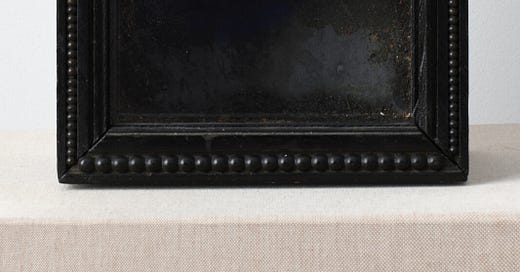



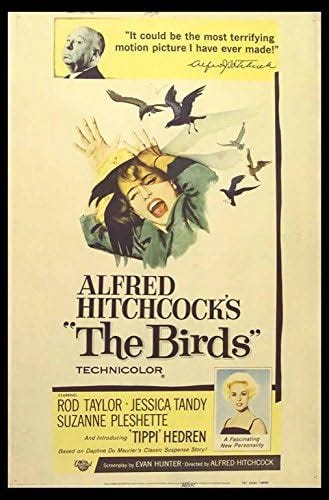
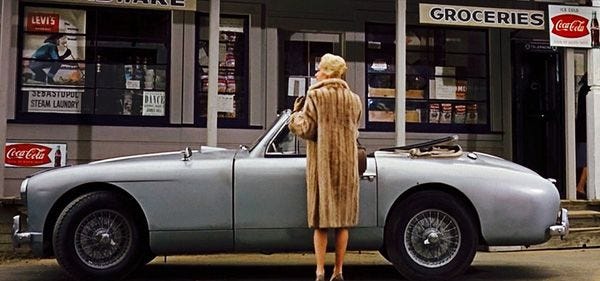
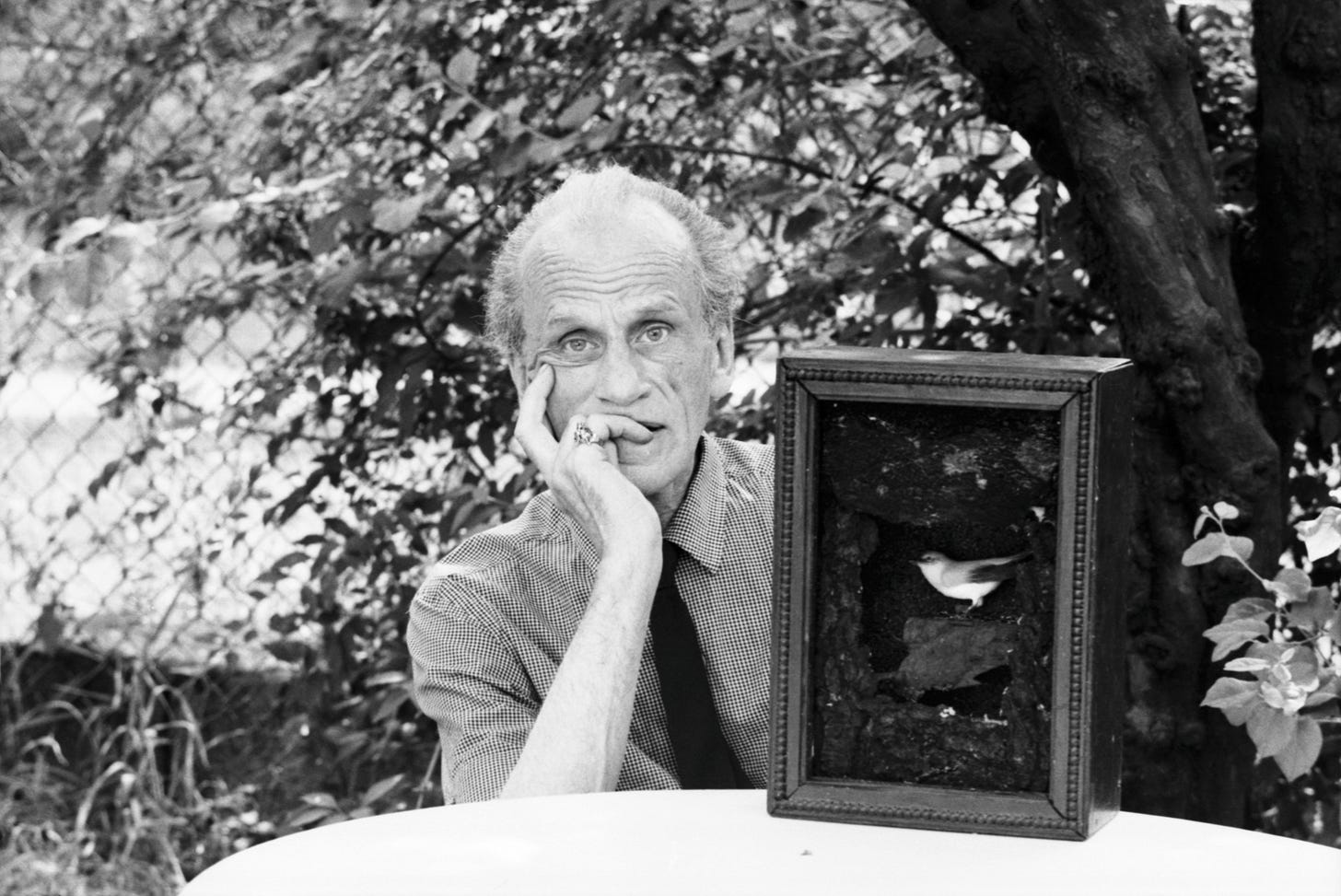
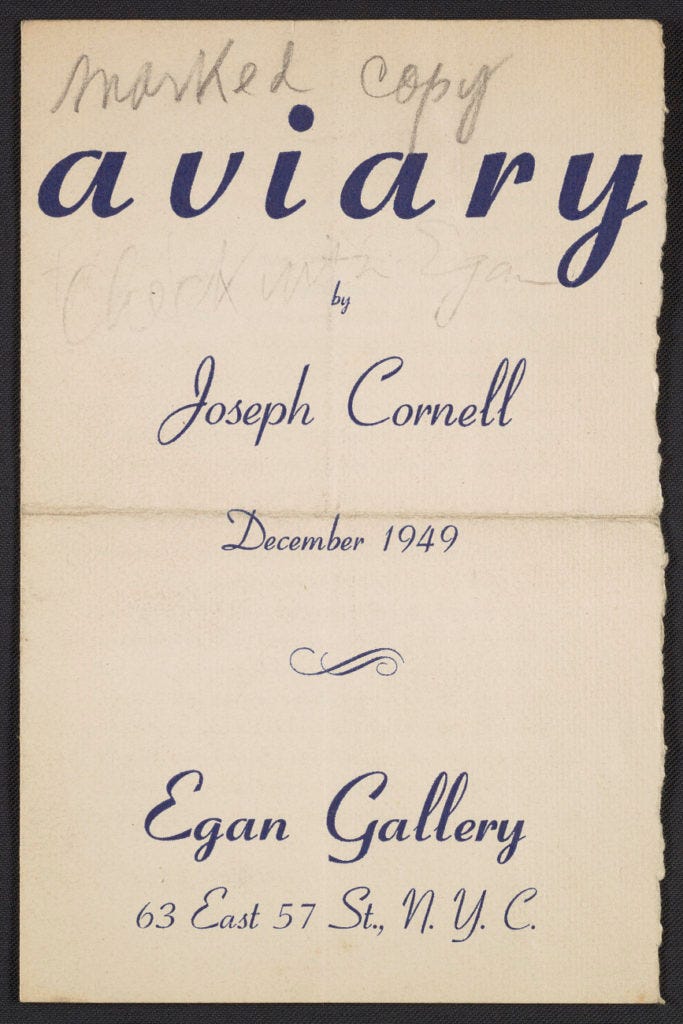


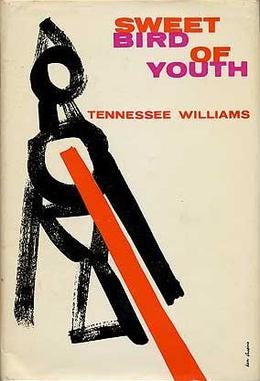
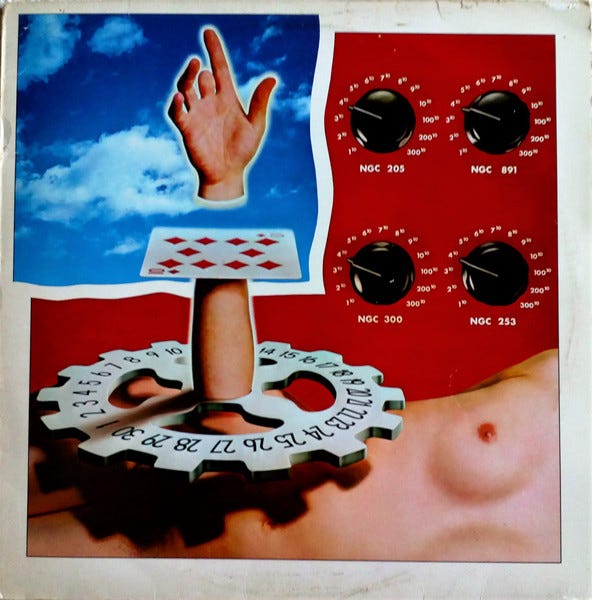
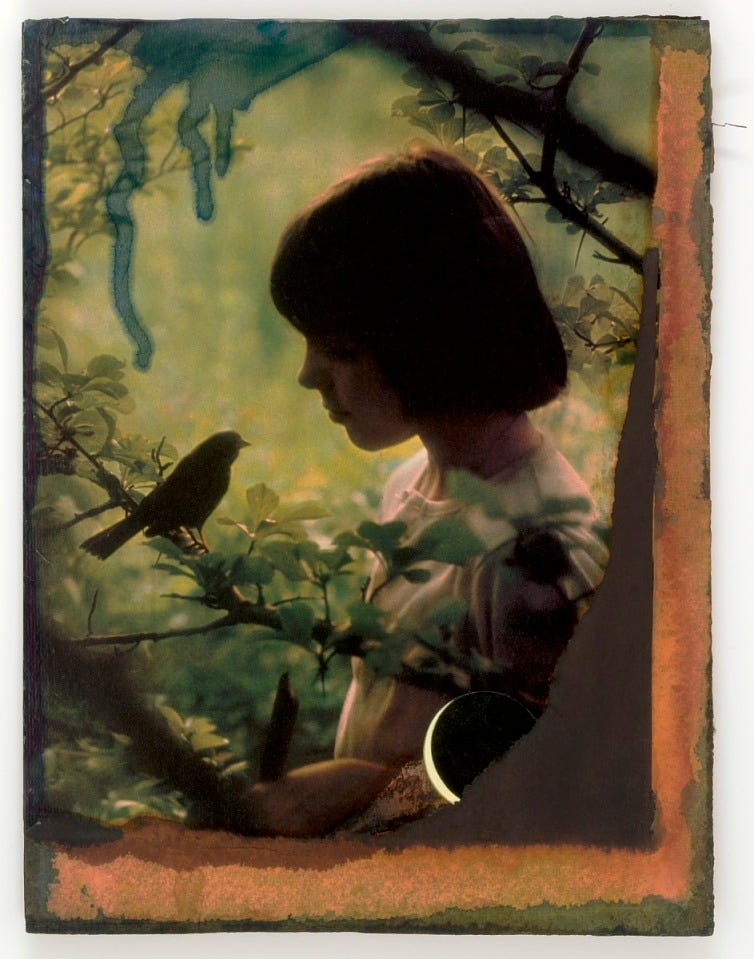
Another engaging wander through the subject, who'd thought I'd read about Cornell and Joni in the same article.
Here's another Jazz and birds reference for you, Evan Parker and Birds
https://youtu.be/8r8_QHnEHQE?feature=shared
My Uncle turned me on to Frank Zappa in the early 1970's. One of the first songs I heard was "The Eric Dolphy Memorial Barbecue." I was hopelessly hooked on Frank immediately. It took a few years for me to get into jazz. However, I checked out Eric Dolphy based on Frank's song. Eric Dolphy is my first, & favorite jazz artist. Out to Lunch is my favorite jazz record. I will never listen to it, or to Gazzelloni, the same way again. I am a huge Hitchcock fan & love The Birds. I have been to Bodega Bay several times, which may have biased my opinion of the movie. Best calamari I have ever eaten. And while we are talking of birds, I can recommend a song by one of my favorite guitar players, Robin Trower's Bluebird. Thanks for another great post!